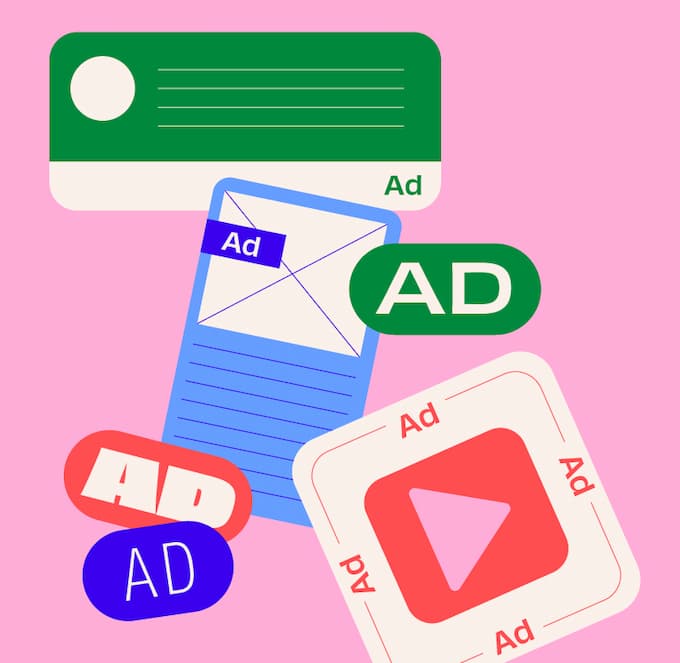Effective Google Ads campaign management is the key to unlocking the full potential of this powerful advertising platform. In the dynamic realm of digital marketing, Google Ads stands as a formidable tool, empowering businesses to connect with their target audience with unparalleled precision and impact. However, mastering this art necessitates a comprehensive understanding of its intricate workings and optimal approaches. This guide aims to equip you with the knowledge and strategies needed to navigate the ever-evolving landscape of Google Ads campaign management, ensuring your campaigns are finely tuned for maximum success.
What is Google Ads Campaign Management?
Imagine you’re running a bakery and want to attract more customers. You could put up posters around town, but that might not reach the right people. Google Ads campaign management is like having a digital marketing assistant who helps you create targeted ads that reach potential customers right when they’re searching for something like your delicious pastries.
Your assistant starts by understanding your goals and target audience. They then create specific ad campaigns tailored to different groups of people, like those searching for bakeries near their location or those who have shown interest in baking recipes online.
To ensure your ads are seen by the right people, your assistant carefully selects keywords and phrases relevant to your bakery and the products you offer. They also set a budget for each campaign and use bidding strategies to optimize ad placement and cost-effectiveness.
As your ads run, your assistant monitors their performance, analyzing metrics like clicks, impressions, and conversions. They use this data to make adjustments, refining your campaigns to attract more customers and drive sales.

Must read: How Many Bank Accounts Should I Have?
Google Ads Campaign Hierarchy: A Structured Framework for Success
At the heart of Google Ads lies a well-defined hierarchy, meticulously designed to organize and manage your advertising endeavors. This structure comprises four essential levels:
Account: Your overarching Google Ads hub, overseeing all your advertising efforts across multiple campaigns.
Campaign: The container that houses your budget settings and campaign-specific configurations.
Ad Group: A cluster of closely related ads and keywords, united by a common theme.
Ad: The individual creative elements that capture user attention and drive clicks.
By understanding this hierarchical framework, you gain a clear perspective on how to structure your campaigns effectively, ensuring that each component contributes seamlessly to your overall advertising goals.

Creating High-Performing Ad Groups: The Building Blocks of Effective Campaigns
Ad groups serve as the building blocks of successful Google Ads campaigns, providing a framework for organizing and managing your ads in a cohesive manner. To create high-performing ad groups, adhere to the following principles:
Relevance: Ensure that ads within each ad group share a common theme and are closely related to the targeted keywords.
Granularity: Divide your campaigns into smaller, more focused ad groups to enhance targeting and improve performance.
Keyword Alignment: Select keywords that are relevant to both the ad group’s theme and the individual ads within the group.
Crafting Compelling Ad Copies: The Art of Persuasive Storytelling
In the competitive world of online advertising, compelling ad copies are your secret weapon. They serve as your digital sales representatives, capturing attention and enticing users to click. To craft effective ad copies, follow these guidelines:
Captivating Headlines: Grab attention with concise and compelling headlines that resonate with user intent.
Clear Value Proposition: Highlight your unique selling points and demonstrate the value you offer to potential customers.
Strong Calls to Action: Prompt users to take the desired action, whether it’s visiting your website, making a purchase, or signing up for a newsletter.
Keyword Integration: Incorporate relevant keywords naturally into your ad copy to enhance visibility and relevance.
Emotional Connection: Evoke emotions that resonate with your target audience, fostering a connection with your brand.
Optimizing Keyword Targeting: Reaching the Right Audience at the Right Time
Keywords are the lifeblood of Google Ads campaigns, bridging the gap between user queries and your ads. To optimize keyword targeting, follow these strategies:
Keyword Research: Conduct thorough keyword research to identify relevant and high-performing keywords that align with your target audience’s search terms.
Keyword Match Types: Utilize various keyword match types to control the breadth and specificity of your targeting.
Negative Keywords: Employ negative keywords to exclude irrelevant searches and refine your targeting.
Keyword Performance Monitoring: Regularly monitor keyword performance and make adjustments as needed to optimize results.

Don’t miss out: Best Guide To Google My Business Optimization
Budgeting and Bidding Strategies: Striking the Right Balance
Effective budgeting and bidding strategies are crucial for maximizing the return on investment (ROI) of your Google Ads campaigns. To establish these strategies, consider the following:
Realistic Budget Setting: Determine a realistic daily or monthly budget that aligns with your business goals and financial constraints.
Bidding Optimization: Employ bidding strategies that balance cost-per-click (CPC) with ad position and conversion goals.
Automated Bidding: Leverage automated bidding options, such as Target CPA or Target ROAS, to streamline the bidding process and optimize performance.
Performance-Based Adjustments: Continuously monitor and adjust your budget and bidding strategies based on campaign performance data.
Mastering Audience Targeting: Delivering Tailored Messages to the Right People
In the realm of Google Ads, audience targeting empowers you to deliver tailored messages to specific groups of users, enhancing relevance and driving conversions. To master audience targeting, employ these techniques:
Audience Segmentation: Divide your audience into distinct segments based on demographics, interests, and behaviors.
Location Targeting: Target users in specific geographic areas relevant to your business or service offerings.
Beyond Demographics: Go deeper! Craft personalized messages by considering user interests (travel enthusiasts) and online behaviors (downloaded travel apps).
Remarketing: Reconnect with potential customers who browsed your website but didn’t convert. Remind them about abandoned carts or showcase personalized product recommendations.
By effectively implementing these strategies, you can transform your Google Ads campaigns into powerful engines for driving traffic, generating leads, and boosting conversions, propelling your business towards unparalleled online success. Remember, Google Ads campaign management is an ongoing journey of optimization and refinement. Continuously monitor your campaign performance, adapt your strategies, and embrace innovation to stay ahead of the curve and achieve remarkable results.
By: Save Google Wave
